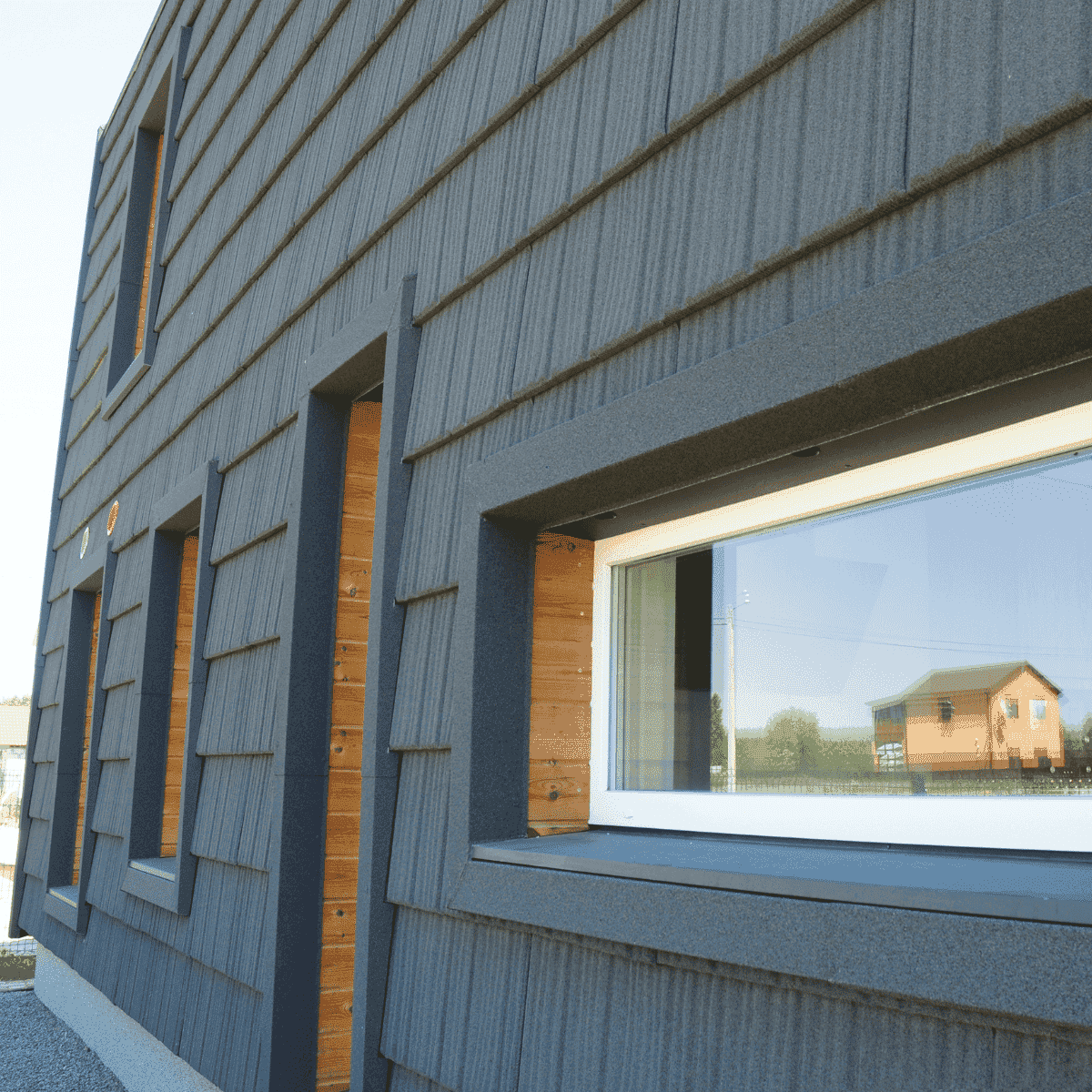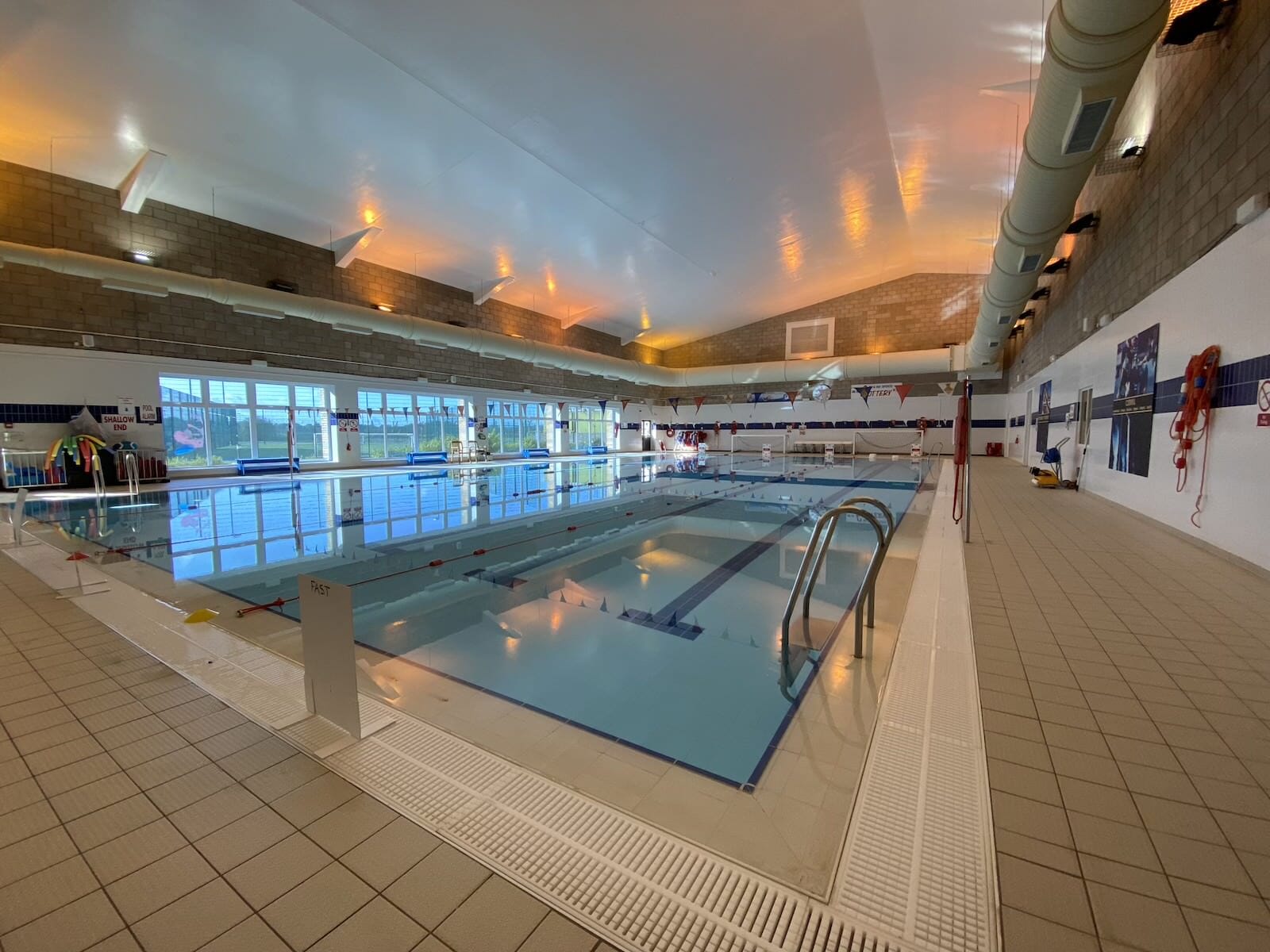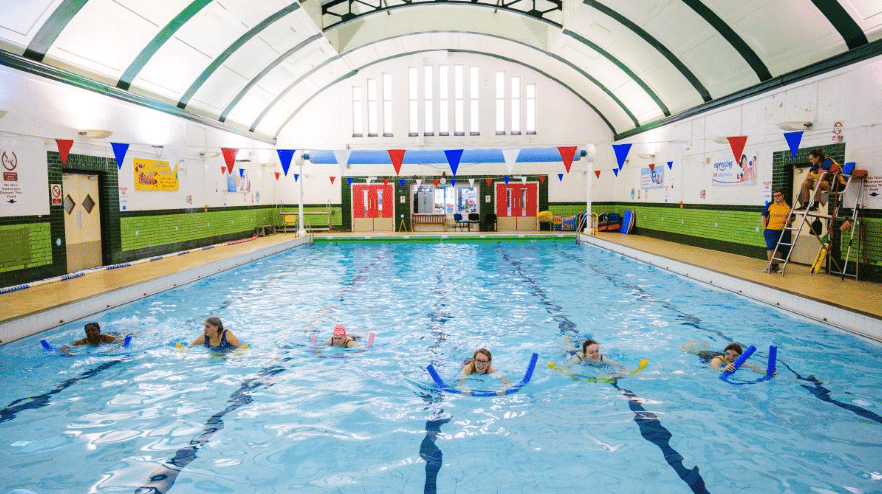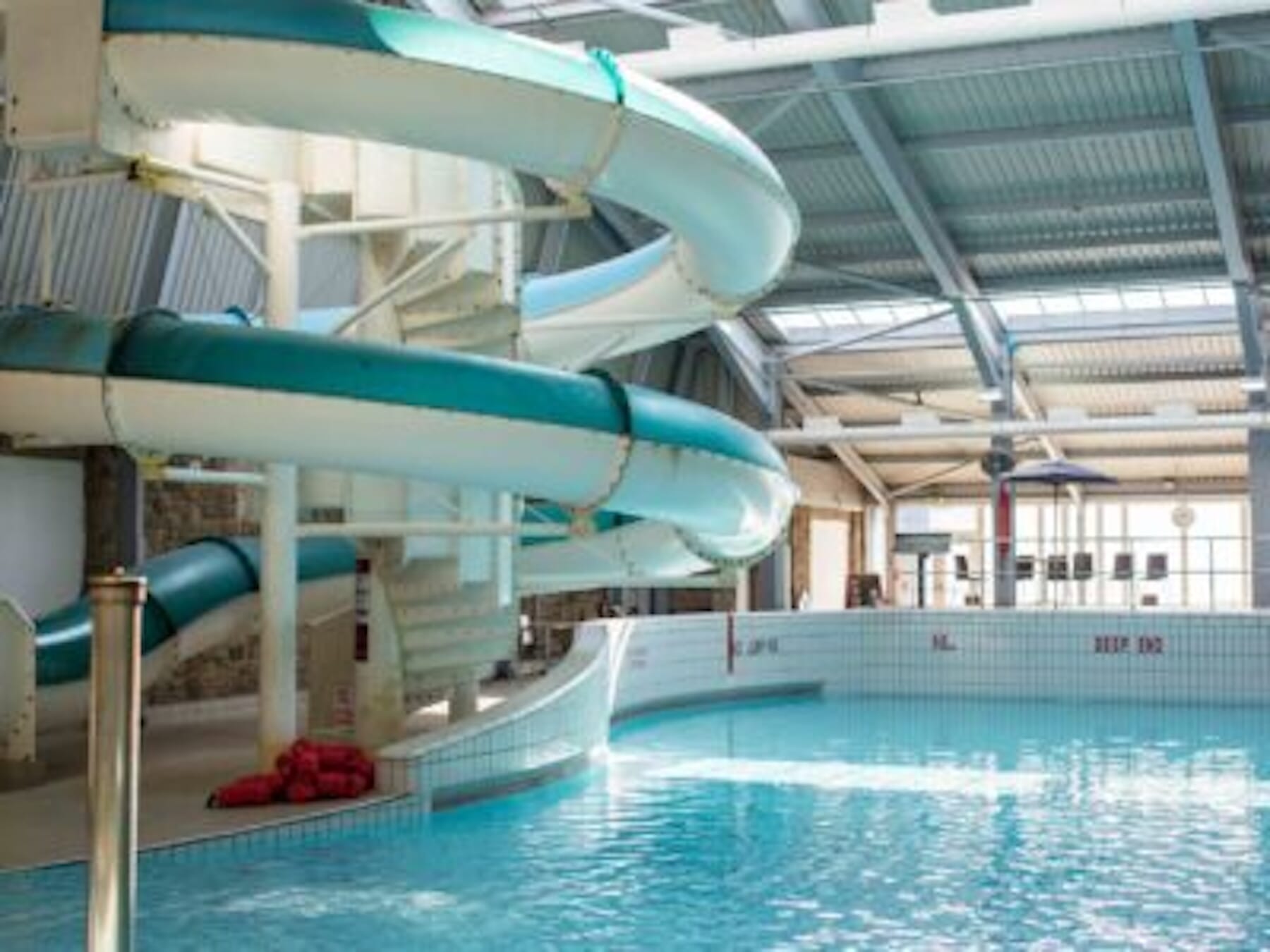
Less than a minute Read
Passivhaus Guidelines: Our Expert Analysis

Category

A long-standing philosophy
The Passivhaus approach to indoor swimming pool ventilation aligns closely with Recotherm’s own long-standing philosophy, one we’ve championed for over 40 years. It’s reassuring to see this is reflected in broader standards, including German initiatives.
At the core of both Passivhaus and Recotherm’s approach is the principle of introducing only the precise amount of fresh air needed to control humidity, no more, no less. When this is done effectively it allows for reduced fan speeds, leading to lower energy consumption and quieter operation. The exhaust air then passes through a high-efficiency plate heat exchanger, where its heat is recovered and transferred to pre-warm the incoming fresh air, further enhancing overall energy efficiency.
Passivhaus analyses suggest that, due to improved building performance, systems can operate at lower air volumes than those recommended by traditional standards such as Germany’s VDI 2089.
In the UK, the equivalent guidance is provided by CIBSE, which recognises that required air volumes are often dictated by evaporation rates, particularly in domestic pools where surface area is the primary driver.
Improved building standards
Historically, air change rates or heating demands influenced ventilation sizing, especially in older, poorly insulated buildings. However, as building standards improve, thermal performance increases and it is increasingly the evaporation rate that determines airflow needs. In that respect, a Passivhaus doesn’t change the evaporation load, so the airflow requirements remain broadly the same.

Where we would respectfully differ from the Passivhaus recommendation is in air distribution strategy. Their proposed layout uses a basic supply-and-extract system, with high-level supply and low-level extract grilles on the same wall.
This setup relies on maintaining a specific outlet velocity to achieve adequate room mixing, which in turn requires a consistent airflow volume. That necessity undermines the potential energy savings from reducing flow rates.
While we support their recommendation for low-level extraction in principle, we challenge the notion that it will “pull fumes” from the water surface.
As they themselves admit in their Ventilation Systems Ductwork Guide, air movement becomes negligible even one meter from the grille. Therefore, claims that this method significantly removes chloramine or water vapour directly from the pool surface are overstated.
One area of strong agreement is their clear preference for moving away from refrigerant-based recirculating dehumidifiers. We fully support this shift.
Recotherm has long advocated for ventilation-based dehumidification with effective heat recovery as a more sustainable and energy-efficient solution.
To find out more about our approach and how it’s influenced our innovative, energy-efficient technology please get in touch.






